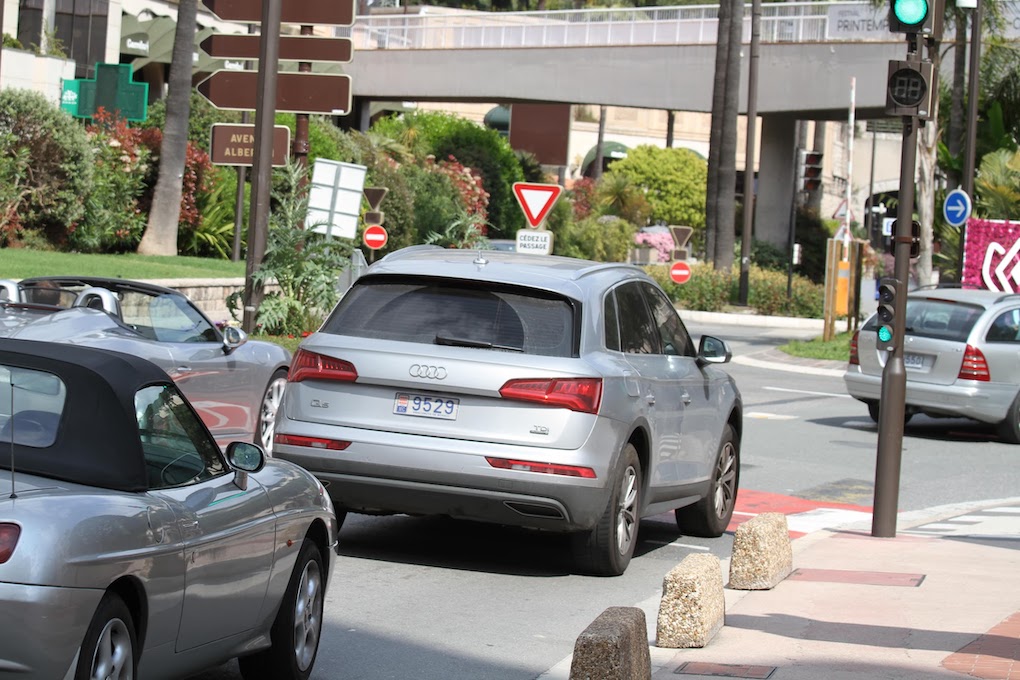Tunnel to ease road traffic into Principality soon

Relief for the tens of thousands of workers who travel to Monaco every day.
The Government of Monaco welcomes the news. On Thursday morning, the elected representatives of the Nice Côte d’Azur metropolitan council voted in favour of an underground passage on the moyenne corniche.” A project that has been under discussion between the two states for many years,” according to a statement from the Communication Department.
“Given the traffic flow and safety issues, the solution voted by the Métropole is essential because the exit from Monaco is increasingly congested due to the tens of thousands of people who go there every day to work, and the Rainier III Tunnel is frequently closed for safety reasons in line with current regulations,” it says.
Further work planned
As well as voting for this deliberation, which concerns the creation of a single-lane underground tunnel in the uphill direction at the Rainier-III tunnel exit, the Metropolitan Council also voted for the widening of the so-called “rond point de l’hôpital” (hospital roundabout) and the boulevard du Jardin Exotique. This is good news for motorists, given that 105,000 vehicles enter and leave Monaco every day.
Not such good news for the mayor of Cap-d’Ail, however, who has always been opposed to the creation of such a tunnel in his municipality. According to Xavier Beck, his town will lose 35,000 euros a year in parking revenue. The mayor is also concerned about the disruption during the work, especially since the final result “will only save a few minutes”, as he complained to our colleagues at Nice-Matin.
The more environmentally conscious among us might also point out that these solutions do not encourage soft mobility. To this, Christian Estrosi’s chief of staff, Bastien Nespoulous, replies in the daily newspaper: “We are still working with Monaco to improve the rail service, in addition to the project to serve Cap-d’Ail and Fontvieille by a clean power sea shuttle“. It should be noted that the shuttle is not expected to sbe operational until at least 2026.













